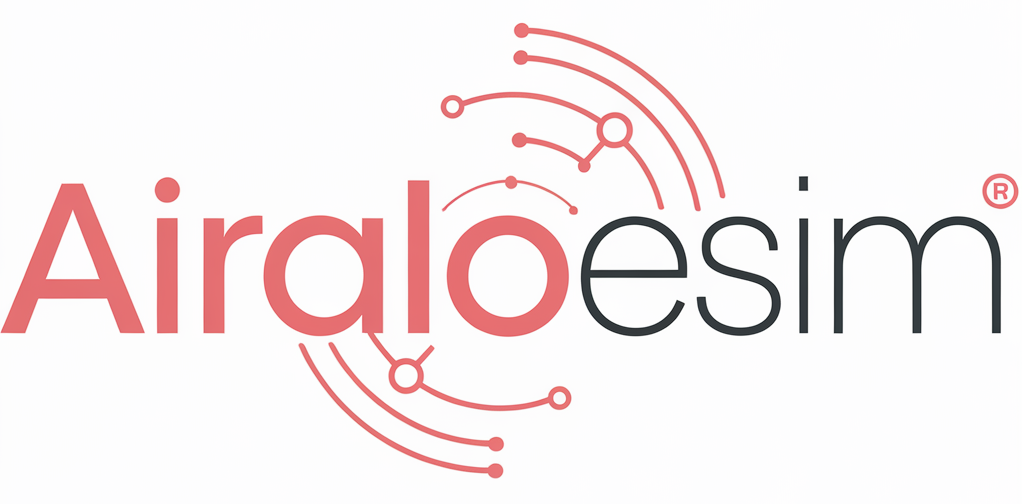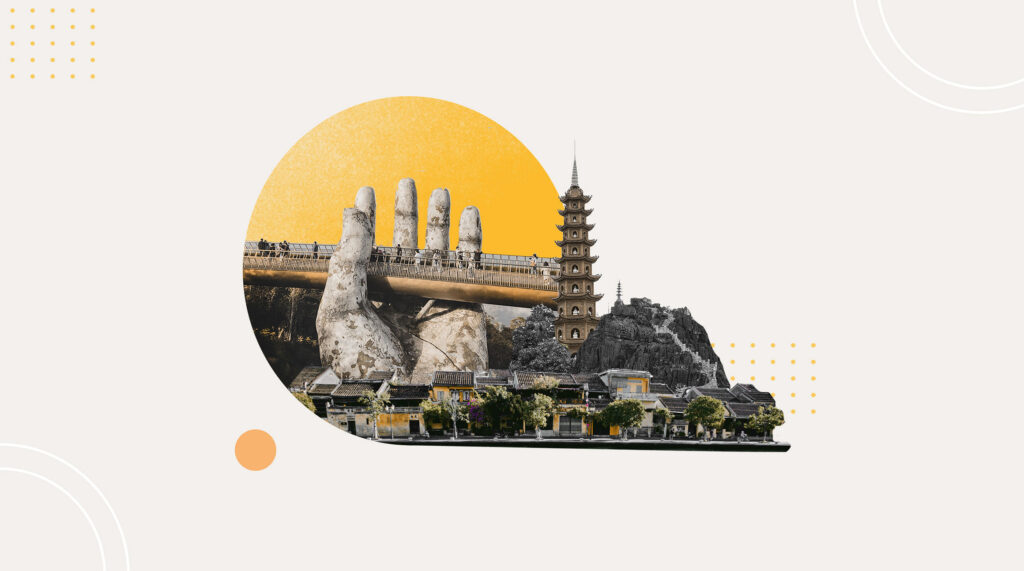No products in the cart.
Uncategorized
When Is the Best Time To Visit Vietnam?
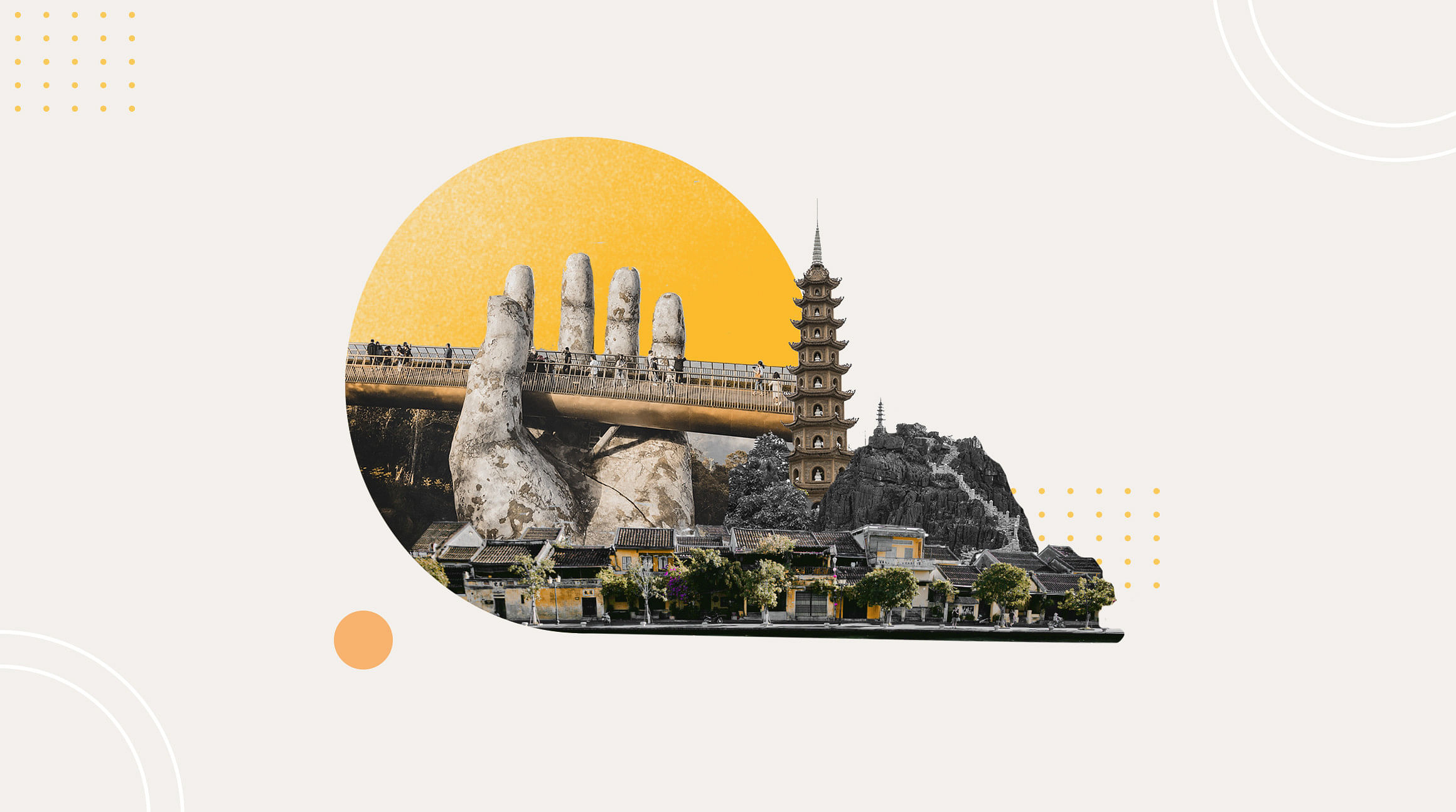
Are you planning a trip to Vietnam? Before you navigate the bustling lanes of Hanoi or drift down the picturesque waters of the Mekong Delta, you’ll want to determine the best time to visit. From culture-filled holidays to price considerations and climate preferences, the perfect timing differs with every traveler. So, let’s dive into the best time to visit Vietnam for an unforgettable trip.
In this article:
- Vietnam’s main tourism seasons
- Navigating Vietnam’s monsoon season
- Best time to visit by region
- Best time to visit by month
- Best time to visit for fewer crowds
- Best time to visit for lower prices
- Best time to visit for good weather
- Best time to visit for festivals
- Stay connected with a Vietnam eSIM
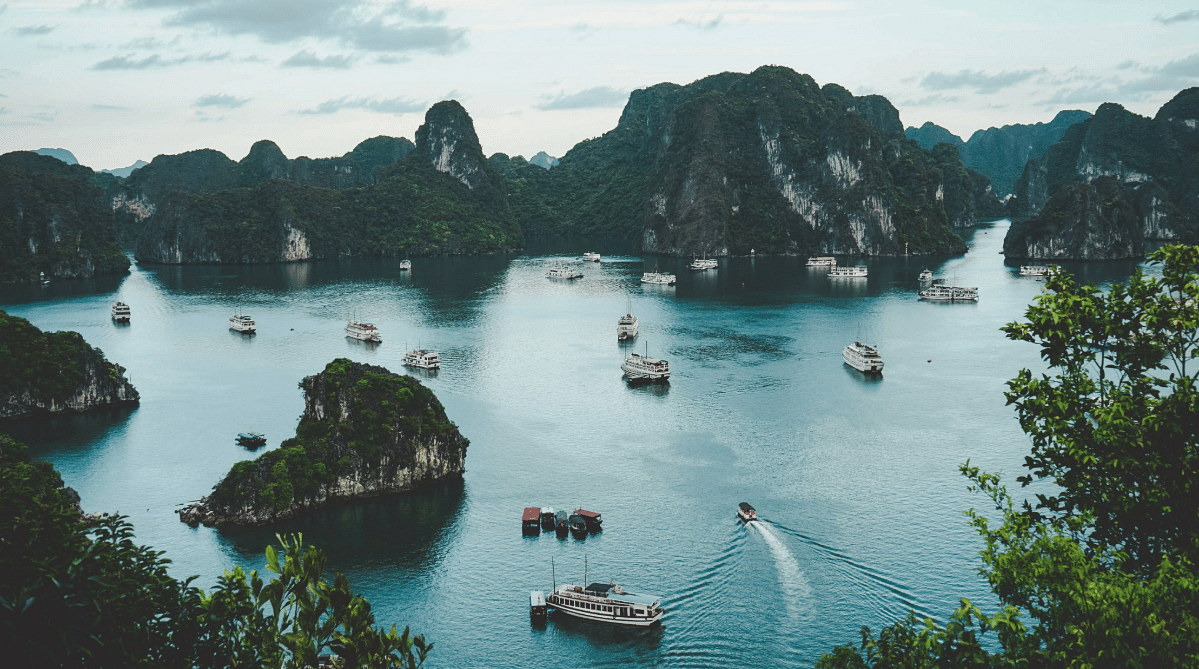 Unsplash
Unsplash
Vietnam’s Main Tourism Seasons
Your travel can be affected by local events, prices, and crowd sizes. Here’s a look at how these change with the seasons.
Peak Season: October to April and July to August
Overall, Vietnam has two peak seasons: October to April and July to August. During this time, the prices rise, and popular attractions can be overcrowded. From October to April, you can expect cool, dry weather ideal for sightseeing. In July and August, you’ll get hot, humid weather with a high risk of showers in the north and south.
Low Season: May to June and November to December
The low season brings warm weather and fewer tourists. It’s a great time to explore Vietnam without bustling crowds and scorching heat. Prices are also relatively lower during this period.
Navigating Vietnam’s Monsoon Season
The monsoon season varies by region. Here’s a rough breakdown:
- North Vietnam: June to August
- Central Vietnam: September to early November
- South Vietnam: June to August
Don’t let monsoon season deter you! It’s a great time of year to see lush, green landscapes and witness dramatic thunderstorms.
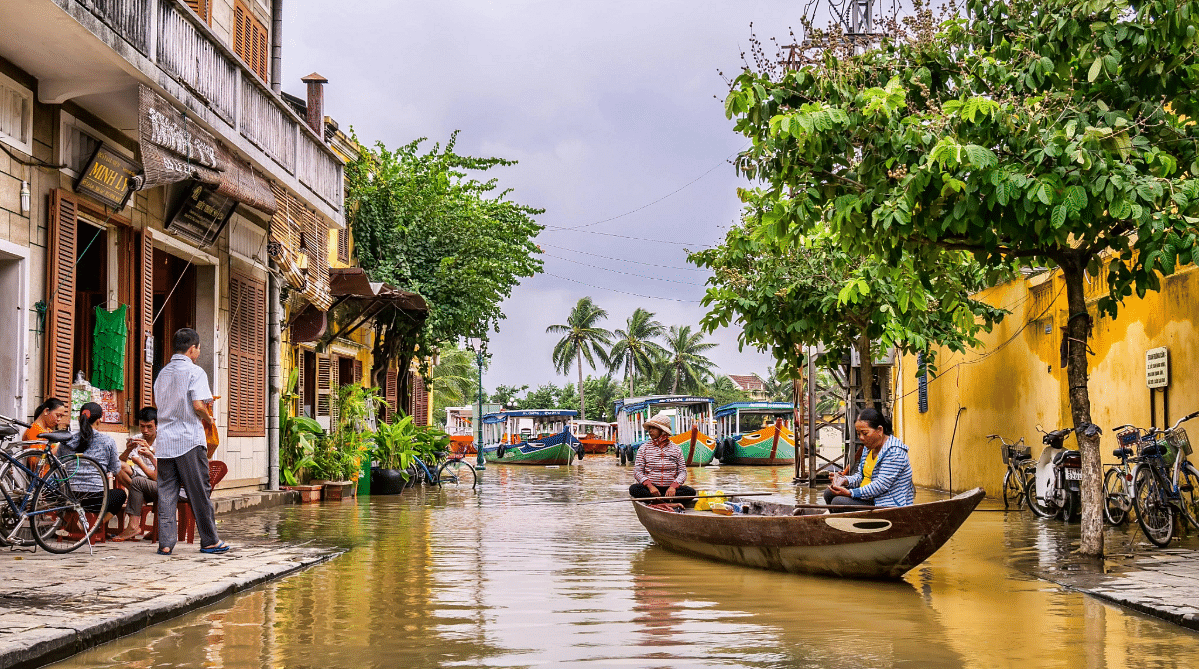 Unsplash
Unsplash
Best Time To Visit Vietnam: By Region
With its varied geography, Vietnam has vastly different climates in the northern, central, and southern regions. Here’s what to expect from each one.
North Vietnam
Here, you can experience all four seasons. Summers are hot and humid, while winters are surprisingly chilly. During the winter (November to April), Hanoi and Sapa are covered in a cool fog, perfect for photographing nature and ancient building silhouettes. If you’re visiting Halong Bay, travel between March and June before the hot, crowded summer swoops in.
Central Vietnam
Central Vietnam typically has a tropical monsoon climate — hot and humid summers with occasional showers and pleasantly warm winters. Here, you’ll have picture-perfect beach weather from April to August, with clear skies to explore must-visit spots like Hoi An and Hue. But brace yourself, as the heat peaks during midsummer.
South Vietnam
Heading south, the climate fluctuates between wet and dry. Most of the year is warm, with significant rainfall during the monsoon (June to August). The best time for a rain-free visit to Ho Chi Minh City, the Delta, or the island of Phy Quoc is from October to April.
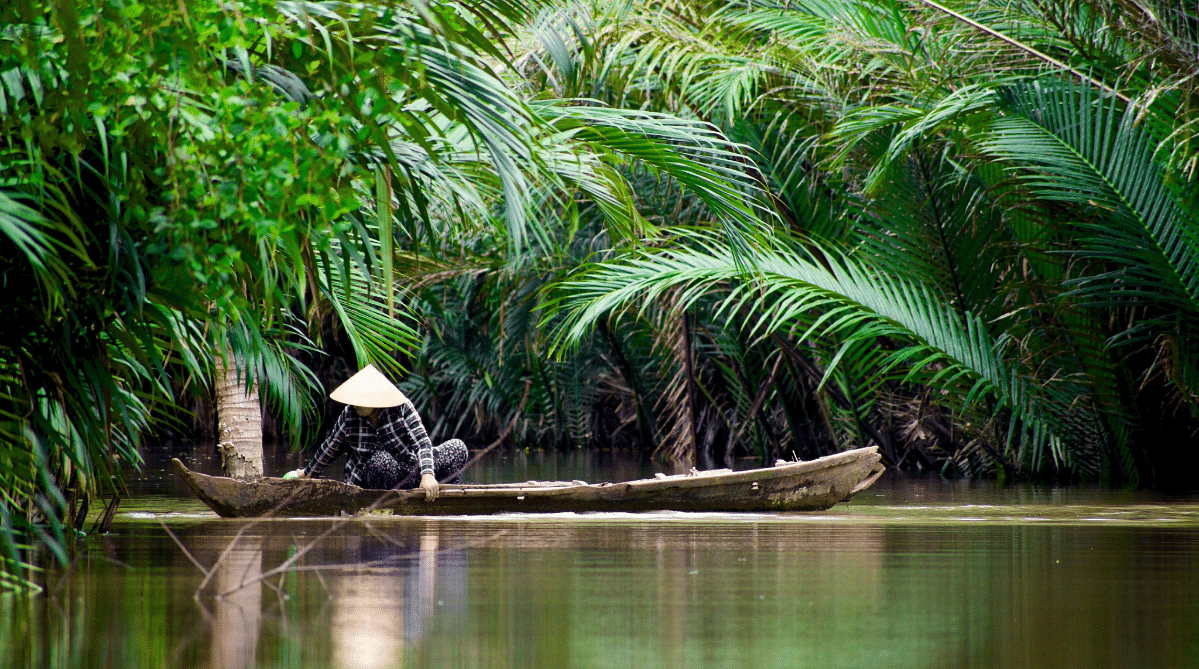 Unsplash
Unsplash
Best Time To Visit Vietnam: By Month
Here’s a closer look at what to expect month-by-month in Vietnam.
January
Kick off the new year exploring northern Vietnam! Expect chilly temperatures, especially in Hanoi, Halong Bay, and Sapa. This cool weather is perfect for discovering Hanoi’s Old Quarter, attending the Dalat Flower Festival, or venturing into nature at Ba Be National Park and Cao Bang.
February
February offers warmer temperatures and ample sunshine throughout the country. This month is perfect for hiking, canoeing, or visiting the coastal towns of Hoi An and Hue. Just be mindful that Vietnamese New Year, Tet, usually falls in late January or early February, resulting in busy hotels and some closures.
March
March promises warm, dry weather, especially in northern and central Vietnam. Experience the vibrant spring colors and explore the countryside, highlands, and national parks. Central coastal areas like Hoi An and Hue become busier as temperatures rise.
April
April might be the best and most versatile month to visit Vietnam. With mild temperatures across the board, it’s a fantastic time to explore both the north and south of the country. Enjoy spring flowers blooming in the countryside and plan a coastal stay in Hue or Hoi An.
May
As temperatures soar in southern Vietnam, it’s the ideal time to visit central coastal regions like Hoi An and Hue. While showers might be expected almost everywhere, the pleasant climate ensures that much of Vietnam remains explorable.
June
June sees the monsoon season intensifying in the south, and heavy rains and storms begin in the north. Although conditions are less than favorable for adventure sports and trekking, central Vietnam maintains relatively stable weather for beach lovers.
July
Central Vietnam’s beaches remain popular in July, attracting tourists eager to soak up the sun. However, monsoon season persists in northern and southern Vietnam, limiting outdoor exploration options. Book accommodations in advance, as this is a favored travel period.
August
August experiences heavy rainfall in the north and south, but central Vietnam remains enjoyable, with mostly sunny days and sporadic showers. Be prepared for potential unpleasant weather in other parts of the country.
September
In September, the north and south begin to transition out of monsoon season, while rainy weather starts up in central Vietnam. With fewer tourists around, this can be an ideal time to experience Vietnam’s cities and countryside.
October
October brings some of the best weather to southern Vietnam. In the north and central regions, enjoy vibrant harvest scenes, floating markets along the Mekong Delta, and clear skies over Halong Bay.
November
November offers pleasant temperatures that allow exploration and coastal excursions. Central Vietnam enters a drier period, making it a good time to visit. This month is also great for checking out Ho Chi Minh City and venturing to the Mekong Delta.
December
December concludes the year with mostly dry conditions, ideal for visiting central and southern Vietnam. The iconic heritage site of Hoi An is a must-see during this time.
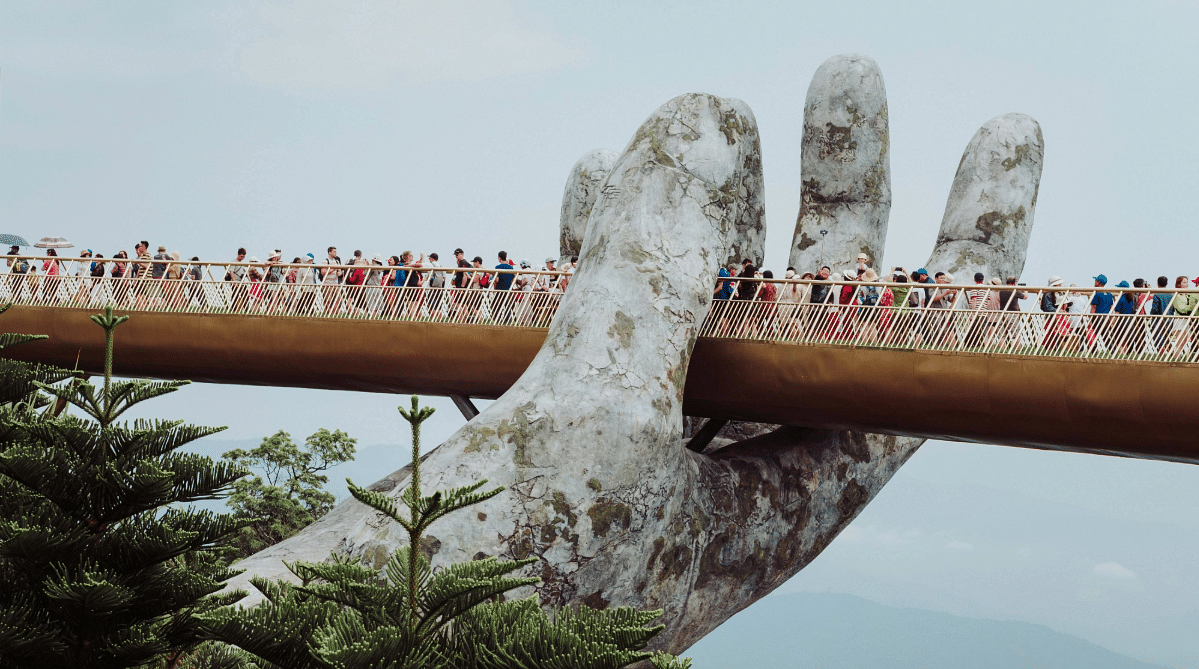 Unsplash
Unsplash
Best Time To Visit Vietnam for Fewer Crowds
If you’re someone who wants to explore at your own pace without bumping into tourists at every corner, then the shoulder periods of May to June and November to December might be perfect for you. These months are considered the low season, as they fall between the two high seasons. The attractions are significantly less crowded, providing a more intimate experience and plenty of opportunities for unobstructed photos.
Best Time To Visit Vietnam for Lower Prices
Traveling outside the peak season can quite literally pay off. Accommodation prices tend to come down, and you’re more likely to bag deals on tours and transport. The low season (May to June and November to December) is also when airlines often offer lower prices to fill flights, so keeping an eye out for these dates can help support that travel budget.
Best Time To Visit Vietnam for Good Weather
With Vietnam’s climate being so diverse, “good” weather can mean something different depending on where you plan to go. For sunshine and dry conditions in North Vietnam, the best time to visit is from November to April. South Vietnam is at its sunniest from October to April. Central Vietnam has a split climate, with dry conditions predominant from April to August. Rest assured, the varied weather patterns mean there’s always somewhere in Vietnam with excellent weather at any given time.
Best Time To Visit Vietnam for Festivals
For those looking to immerse themselves in Vietnamese culture, you’ll want to time your visit with some of the country’s vibrant festivals. The biggest of all is Tet, the Vietnamese Lunar New Year, occurring in late January to mid-February (double-check the exact date before you travel). Another festival to add to your bucket list is the Hue Festival, held every two years in April, May, or June in the ancient imperial city of Hue. Must-see events include the Hue Poetry Festival, Dialog of Drums and Percussion, and Ao Dai fashion shows.
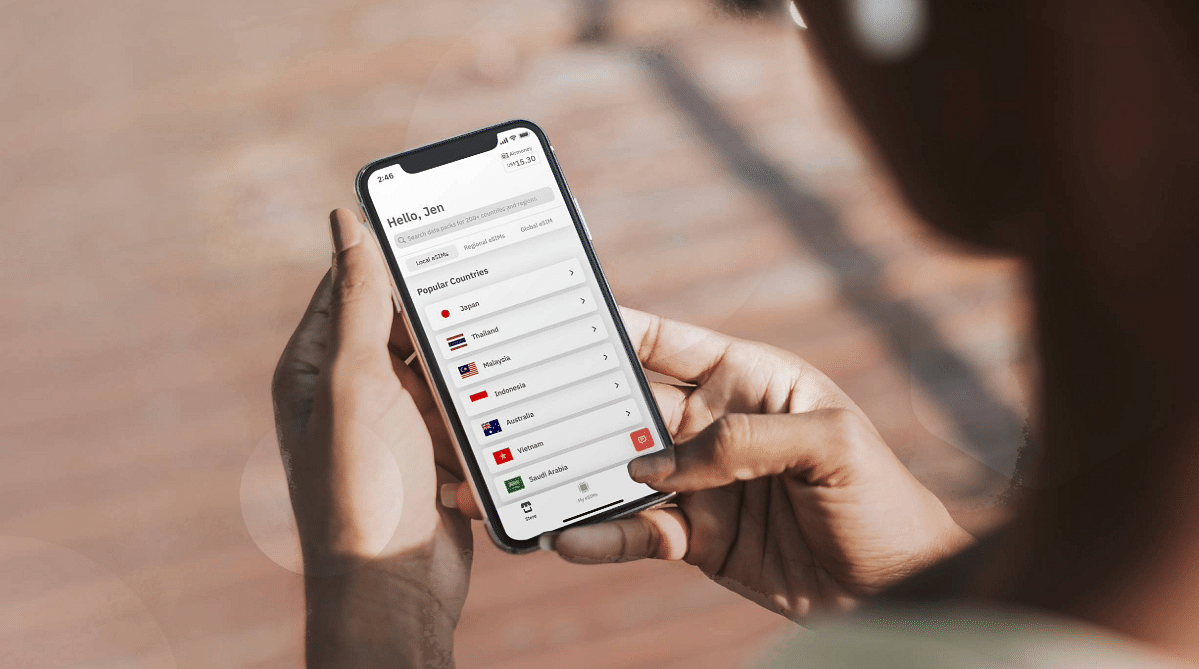
Stay Connected With an eSIM From Airalo
No matter when you travel, stay connected with an Airalo eSIM. Airalo gives you access to affordable eSIMs for 200+ countries and regions — including Vietnam.
Why Airalo? Here are a few reasons to use an Airalo eSIM when you travel:
- Connect to a mobile network within minutes of arrival.
- Choose from flexible local, regional, and global data plans.
- Eliminate the need to find a local SIM vendor.
- Say goodbye to expensive roaming charges.
- Store multiple eSIM data plans on your device.
Planning a trip to Vietnam? Get a Vietnam eSIM to stay connected during your trip.
